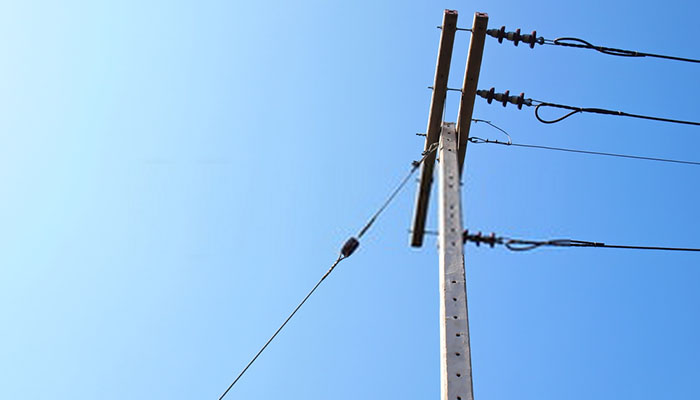
You probably have come across free-standing towers or utility poles fitted with several cables with different elevations. These cables are often anchored at the ground and do not have current flowing in them. These are very important in providing support to such structures and are called guy wires.
Table of Contents
What is a Guy Wire?
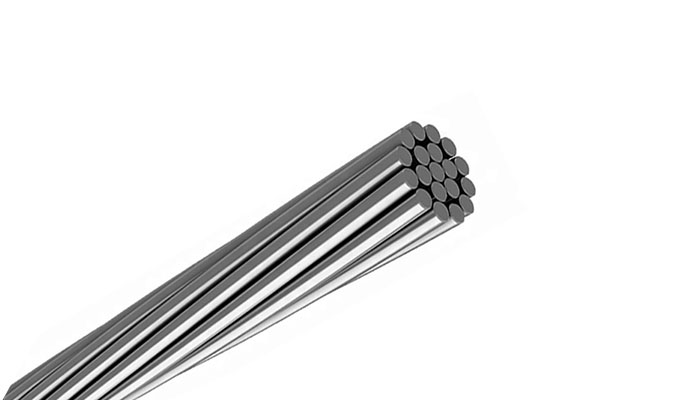
A guy wire is a lightweight galvanised cable that is used to provide stability to poles or towers. It is also referred to as guy strand, guyed wire, guy line, guy rope, or guy cable, which are used interchangeably. Although a guy wire is lightweight, it is extremely strong to be able to hold the weight of a tower or pole.
It is also stranded, and technicians use the number of strands per cable to identify their sizes. Galvanisation helps in protecting these cables from weather elements, which prolong their life.
Why is it Called a Guy Wire?
A lot is said about the reason this component is called a guy wire. Some associate it with a person’s name, while others say it must be mispronunciation.
One of the popular stories that associate the word with a person’s name is that of Guy Fawkes, who was arrested for trying to overthrow King James of England because they shared different religious denominations. Guy planted barrels of explosives in the House of Lords, where he expected to blow King James with the explosives. Guy was, however, arrested before initiating his plan and executed on January 5, 1606. But why is guy wire really called so?
The word “guy” traces back to approximately 800-900 years ago in France. The French people used “guide,” which, when translated, meant guide.
Between 1300 and 1350, the verb guide started being used in Great Britain. Like the French people, the British people had a different term but the same meaning as guide. They used “guy,” which was introduced in the region by the Normans.
From there, the name continued having other references until the early 1600s where it was used by the Dutch on their ships. They initially used “gei” to refer to the ropes or guide wires they used to tie their masts when sailing to hold them firm. The wires and the ropes could “guide” their masts to stay in position throughout.
Since then, the name guy wire became widely adopted to refer to tensioned cables. The term became popular while referring to ship masts, utility poles, transmission towers, and wind turbines to date.
How to use a Guy Wire?
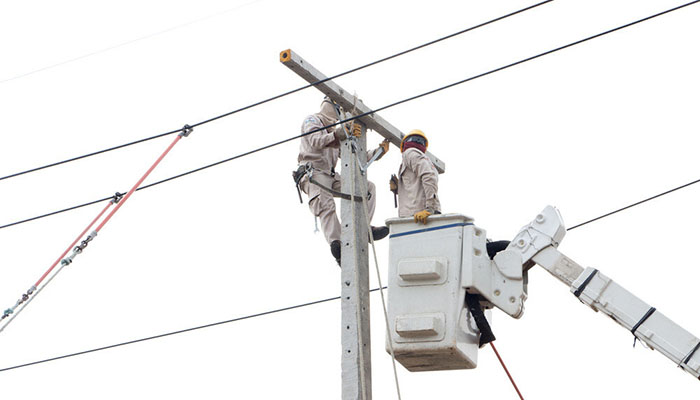
Towers and utility poles that are more than 10 feet high need to be secured. Their heights make them susceptible to elements such as wind. When not secured, these components can be extremely dangerous to those around them since they can fall and cause fatal damages.
Guy wires are used while accompanied by other fittings for them to be efficient. You will need turnbuckles, screw eye, guy rings, and of course, the guy wire to get started. The length and thickness of your wire depend on the height and weight of the component you intend to support.
A standard utility pole is considered 10 feet high. When securing these, three-stranded guy wires are used. The cables are fixed at the top of the pole 120 degrees away from each other. The other end is then buried in the ground or attached to concrete anchors made at the bottom.
Guy wires are ideally fixed away from each other to distribute the weight of the utility poles evenly. If a pole is taller than 10 feet, the cables are fixed in the middle of the pole. The triangle shape formed provides stability even to the thinnest utility pole or tower used.
Guy Wire Hardware
Big grip dead ends (preforms): they are used for extreme tensioning
End sleeves (ice clips): they are used with the big grip dead ends to prevent the undoing of the threads
Drop forged wire clips: once an eye is formed, these become handy. They clamp the wire rope at the loose end.
Shackles: they are used as connecting components. For guy wires, bolt-type shackles are ideal.
Thimbles: they protect the loop/eye of the wire rope
Turnbuckles: these help with pushing or pulling guy anchors.
Does Your Installation Need Guy Wires?
There is no technique of accurately telling if your installation really needs guy wires. But, you can rely on your area code’s requirements. The planning offices of different areas have different requirements for installations above 10 feet. Additionally, the taller the pole gets, the more unstable it becomes. It becomes a threat to property and people using such areas.
An area’s geography and weather patterns can also determine if a wire guy is necessary or not. It makes sense to use them when a place has strong winds. Honestly, the integrity of a pole or tower becomes compromised after being subjected to such conditions and can come down at any time when least expected.
How to Install a Guy Wire?
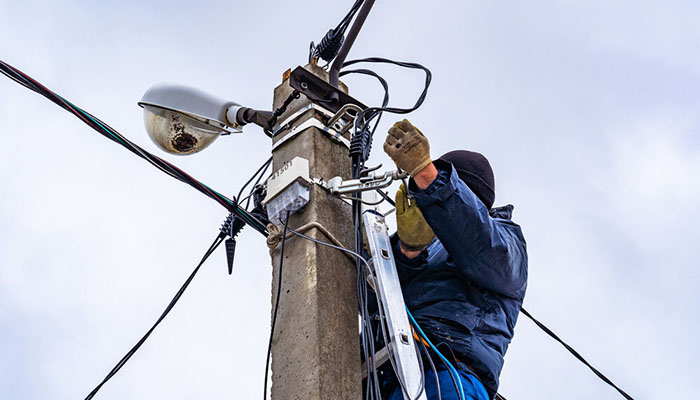
Installing a guy wire is not complex, but the process is always flawless when done by a professional. The job is done from the top of the pole coming down and not the other way round. Firstly, you need to fit the guy wires on top of the pole with a guy ring and a clamp. Wrap the wire several times to avoid unraveling. 6-8 times are recommended.
For efficiency, anchor your wires at 45 degrees from the pole. Then form screw eyes at 120 degrees apart. At this point, it is crucial to check how firm the screw eyes are. Space them at least 5 feet from the pole to offer the required stability. Once you are satisfied, use roofing tar to cover the screw eyes.
The next step is to attach the turnbuckles to guy wires. They should be fully extended and at least a foot away from the screw eyes. Tighten the end of your wires after pulling them through the eyes and make sure they do not hang. However, do not make them too tight to allow flexibility during strong winds. Wrap the wire ends approximately 6-8 times to secure the fastening.
Your installation is now almost complete. The final thing is to use a screwdriver to rotate your turnbuckles. A set of guy wires has three of them like mentioned earlier. If your installation needs more than a set, you should use different screw eyes. They help in securing guy wires tightly. After this step, your pole or tower is held stable and reduces the risk of danger.
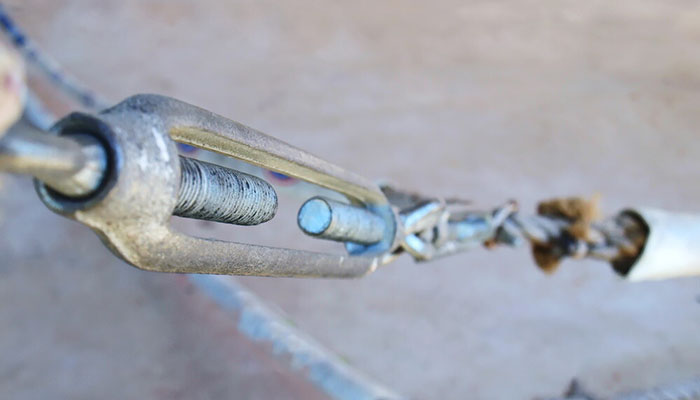
Tip: ensure you use quality components when installing your guy wire. When poor materials are used, they can be corroded by weather elements, which affect their efficiency.
The idea of using guy wires attracts mixed reactions from people. It is good always to be ready than act when the damage has already occurred. Generally, the work done by these components is priceless. Different companies help in producing these products, but only a few have the best quality. Galvanisation can be done with various alloys for the coating other than aluminium. You might want to check your soil to know which coating works best in your area!
Top Guy Wire Manufacturer
If you looking for quality guy wires for you projects, Powertelcom guy wire may be a good choice.
Our company is located in China, started by a young professional in 2001. Powertelcom has become a manufacturer of choice for many industries for its product accuracy, timely delivery, professionalism, excellent product quality, product customization, and latest technology use.
Powertelcom enjoys a fair market share in manufacturing and supplying products to the pole lines, overhead power lines, and transmission lines industries.
Powertelcom’s product marketability is beyond the local market and extends to all over the world, such as Russia, Southeast Asia, and South America.
Powertelcom has outstanding services in forging, Hot Dip galvanizing, mechanical testing, and product delivery.
If you have any questions, contact us now.
Frequently asked questions (FAQ)
What is Guy Wire?
A guy wire is a lightweight galvanised cable that is used to provide stability to poles or towers.
How to use a Guy Wire?
The guy wire is fixed at the top of the pole or tower 120 degrees away from each other. The other end is then buried in the ground or attached to concrete anchors made at the bottom.
Types of Guy Wire Hardware
- Big grip dead ends (preforms)
- End sleeves (ice clips)
- Drop forged wire clips
- Shackles
- Thimbles
- Turnbuckles
How to Install a Guy Wire?
- Fit the guy wires on top of the pole with a guy ring and a clamp.
- Anchor your wires at 45 degrees from the pole.
- Attach the turnbuckles to guy wires.
- Use a screwdriver to rotate your turnbuckles.